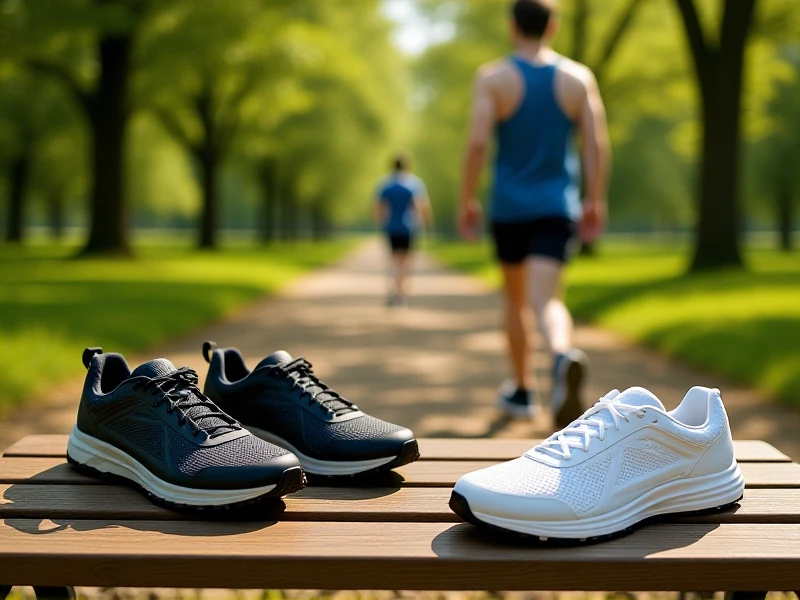
Essential Guide to Finding Your Perfect Running Shoes
Choosing the right pair of running shoes is the most crucial decision any runner can make, influencing comfort, performance, and injury prevention. With countless options flooding the market, understanding key factors can transform a daunting task into a rewarding investment in your health and running journey.
First, identify your primary running terrain:
- Road Running Shoes: Engineered for pavement and treadmill use. Prioritize cushioning to absorb repetitive impact and provide responsive energy return. Look for durable rubber outsoles designed for asphalt grip.
- Trail Running Shoes: Tackle uneven dirt paths, rocks, mud, and roots. Essential features include aggressive, deeply lugged outsoles for superior traction, protective toe caps, and sometimes waterproof membranes. Enhanced stability helps on uneven ground.
- Track/Fast Training Shoes: Designed for speed on the track or smooth surfaces. Often lighter, less cushioned, and offer more ground feel for quicker turnover. May incorporate plates for propulsion.
Key aspects demanding attention:
- Cushioning Level: Ranges from minimal (maximizing ground feel) to maximal (soft cloud-like protection). Consider your mileage, injury history, and preference.
- Heel-to-Toe Drop (Offset): Measures the height difference between the heel and forefoot (typically 0mm to 12mm). Lower drops encourage a midfoot/forefoot strike, similar to barefoot running. Higher drops often feel more familiar, easing strain on the Achilles tendon.
- Fit & Feel: This is paramount. Your running shoes should feel comfortably secure from heel to toe without pinching, squeezing, or allowing heel slippage. Leave ample space (roughly a thumbnail's width) beyond your longest toe to accommodate natural foot swelling during runs. Width options are vital.
- Stability & Motion Control: Essential for runners prone to overpronation (excessive inward rolling of the foot/ankle). Look for structured cushioning or firmer medial posts. Neutral runners generally require shoes focused on cushioning and flexibility.
- Weight & Breathability: Lighter shoes enhance speed but may sacrifice cushioning or durability. Breathable mesh uppers improve comfort, especially on longer runs.
Choosing Your Pair:
- Analyze Your Needs: How much do you run? What surfaces? Do you have any known biomechanics like flat feet or high arches? Any past injuries?
- Get Expert Advice: A specialty running store gait analysis is invaluable. Observing your foot strike and mechanics guides recommendations.
- Try On, Move: Lace up potential candidates properly. Walk, jog, even run briefly if possible. Your comfort senses will provide feedback before purchase.
- Test Run: Once selected, embark on short trial runs to confirm the fit and comfort genuinely support your strides before committing to long distances.
Your perfect running shoes aren't about the flashiest technology or the highest price tag; it's about the harmony between your unique biomechanics and the shoe's construction. Invest the time to find that perfect harmony – your feet and running ambitions will profoundly thank you. Remember to monitor shoe wear and proactively replace them (typically every 300-500 miles) to ensure consistent support and protection as you pursue your running goals.